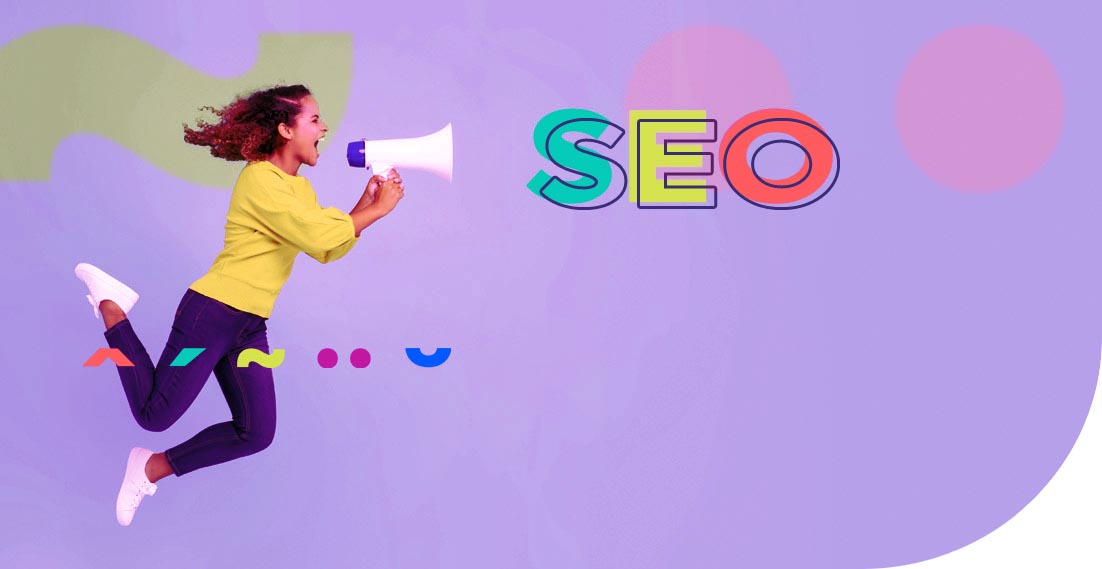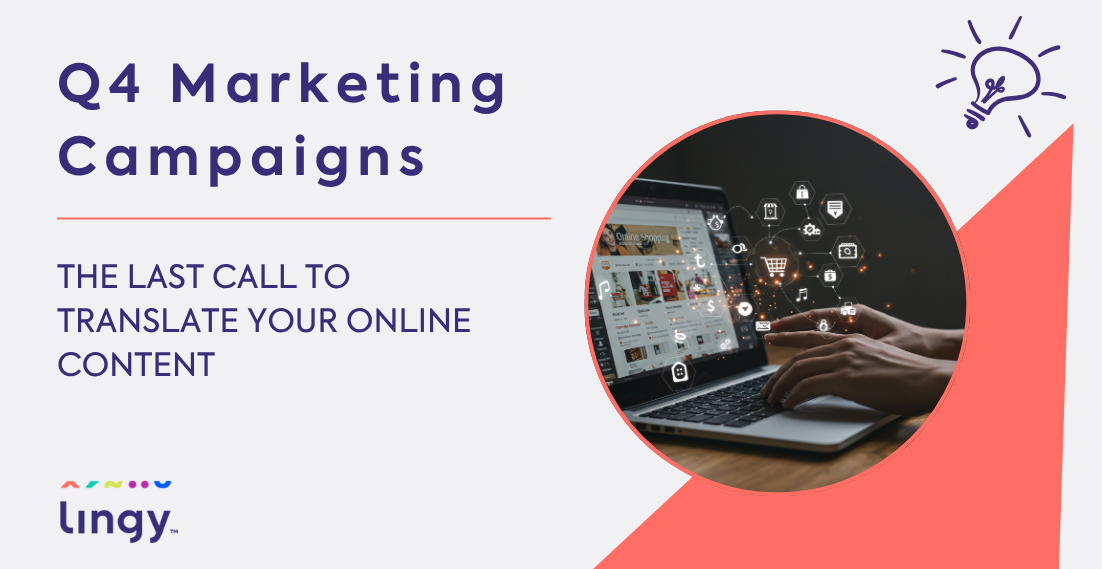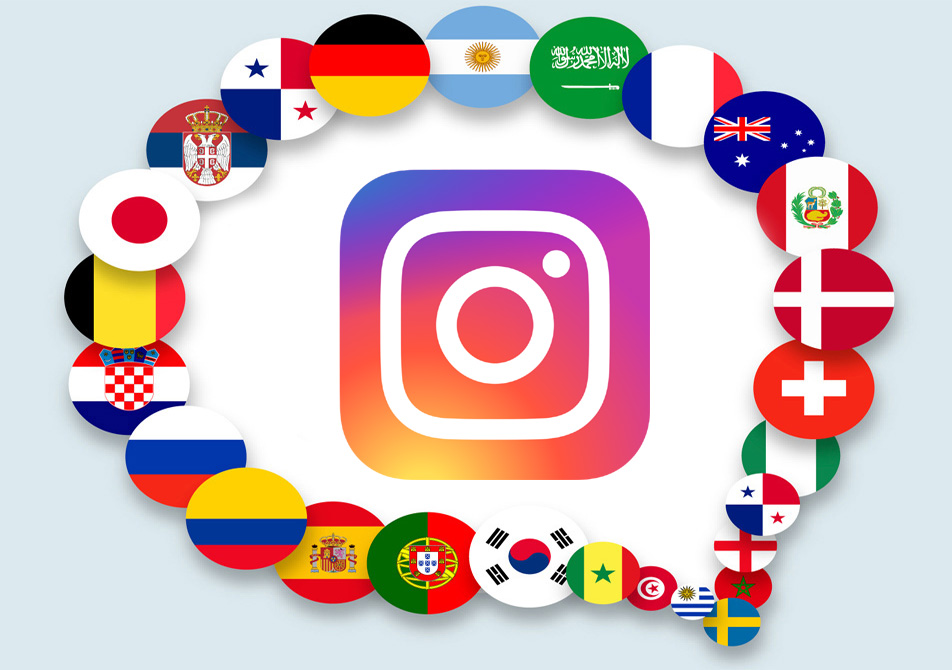4 SEO Tips for Your Multilingual Website

Having a multilingual website is the big step to expanding into overseas markets. Research shows that people are more likely to be more interested in your website if it is in their first native. It also stated that 55% of the participants stated that they would only buy a product if the website is in their native language. That is why it is important to make your website multilingual especially if you are e-commerce. Consumers want to understand the shipping information, the return and warranty policies etc. before they buy from your online shop and most would prefer reading those pages in their native language. But having a multilingual website does not mean simply translating your website from one language to another. SEO (search engine optimisation) also has to be implemented in the target language for the website to have good online visibility so that your overseas customers can find it via search engines. So how do you implement multilingual SEO?
Flawless translation for your multilingual website
Know your customers
To implement any SEO, you need to do some research to find out some information about your target market first. The first thing to look at is what languages they prefer to use. Some countries such as Luxembourg speaks more than one language so it is important to decide on the language or languages that you would like to implement on your website. After that, you can find out what search engines they prefer to use in your target market. Although Google is the most popular search engine worldwide, some countries use different search engines. China for example uses Baidu and Russia uses Yandex mainly. If you conduct your keyword research with the wrong search engine then there are chances that you will end up with a set of keywords that are not effective and will waste your time and effort. Similarweb has a page that shows you the statistics of the search engine used by countries here which can help you to determine which search engine you should conduct your keyword research on.
It is not just about translating
A lot of companies make the mistake of thinking that a multilingual website is just about translating their websites from one language to another. The truth is that different countries use different keywords when they are conducting searches and simply translating the keywords from one language to another means that there is a high possibility that not many people would actually search with your translated keywords. It is important to analyse your keywords for each of your target markets using tools such as Google Keywords Planner to find the best keywords for SEO. Localised keywords can help you to attract more organic traffic and increase your website’s reputation in the overseas markets. Pay attention to your e-commerce products description SEO especially as it is a very important part of how visible your product page is online.
Things that are easily overlooked
It is obvious to translate the content of the website such as product pages and blogs, but including the correct keywords in your titles, URLs and meta information in the target language is also important for multilingual SEO. Those data might not be the most important information for your customers when they are browsing your website but your search engines need to crawl through them and determine what your website is about then rank it accordingly. Without carefully translating those parts of your multilingual website, you are harming your rankings on search engines in foreign languages. Other internal and external links in your multilingual website can often be overlooked as well, it is important to change those links to the correct pages in their target languages for all your content to be coherent and maximise your SEO performance.
Cater for your overseas target audiences
Although SEO in different languages is heavily about improving the ranking on search engines, it is important for us to remember that our ultimate goal is to implement our website in native languages for our overseas customers. They are the ones that we want to browse our websites not the search engine bots! That’s why we need to create our multilingual website and its content for our target audiences. That includes using suitable tones of writing, culturally appropriate colours and images and content that are interesting for your overseas target audiences. Different cultures might prefer different types of content and your current content strategy might not work in the overseas markets. This can be especially difficult for companies that do not have personnel who are native speakers of their target markets. There are a lot of cultural elements that non-native speakers are not aware of and offensive and inappropriate content might be the result of that and harm your business. Research can help but it is best to consult a professional translation agency like us – Lingy.uk.
Multilingual SEO for e-commerce
As mentioned, SEO is especially important for e-commerce. Customers are very less likely to purchase anything from your website if it is not in their native languages. E-shop SEO can experience extra challenges depending on the e-commerce solutions that you choose. Here are the most popular ones out there:
Shopify:
It is the most popular e-commerce solution out there. It allows you to use multilingual themes which makes implementation a lot simpler. There are also a lot of multilingual third-party apps available due to it being the most popular solution.
WooCommerce (A WordPress plugin)
A lot of e-commerce websites uses this solution and it is definitely one of the best out there. It has full-featured multilingual plugins available and allows quick and easy automatic translations to be done which can save you a lot of time when translating the content on your multilingual e-commerce website. The most popular ones are WPML, Ploylang and Weglot.
It is worth mentioning that all solutions require careful configuration and it is best to proofread all the translated content, adjustments are often needed for the best user experience and SEO.
Need help with the e-commerce plugin’s configurations?
How to do multilingual SEO
Doing multilingual SEO can be super beneficial for your overseas expansion, but only when you are implementing it effectively. There are a lot of decisions to make such as your domain and URL structures, type of content to include, your geotargeting options etc. All of those elements can play important roles in your multilingual SEO effectiveness. It is best to seek out professionals who are experts in multilingual SEO for the best results for your overseas ventures. Here at lingy.uk, we are experts in the field and can provide the best solutions for all your translation needs.
Website translation – what content do you need to get started?
Let’s see how to approach website translation strategically and decide which content is essential at the start.
Christmas Sale and Google Ads Campaign – How Marketing Translation Boosts Your Holiday Advertising
The Christmas season is a peak period for every marketing team and marketer. From e-commerce stores to service providers, everyone competes for the attention of shoppers ready to spend. A well-planned Google Ads campaign can make or break your holiday sales. But even the most creative advertising copy will fall flat if your message isn’t […]
Q4 Marketing Campaigns – The Last Call to Translate Your Online Content
In the last quarter of the year, many companies – especially in e-commerce – record their highest sales figures. Christmas shopping, clearance events, and Black Friday promotions encourage purchases not only because of discounted prices but also, due to powerful marketing campaigns that spark consumer excitement.
Tips for Managing your Multilingual Instagram account correctly
Instagram Marketing Strategy in a Globalized World Today, Instagram is the most popular social media platform that exists. People of all ages and backgrounds are trying to optimize their usage of it, from everyday users aspiring to be influencers to brands exploring the enormous range of opportunities Instagram offers in social media marketing. Instagram is […]



